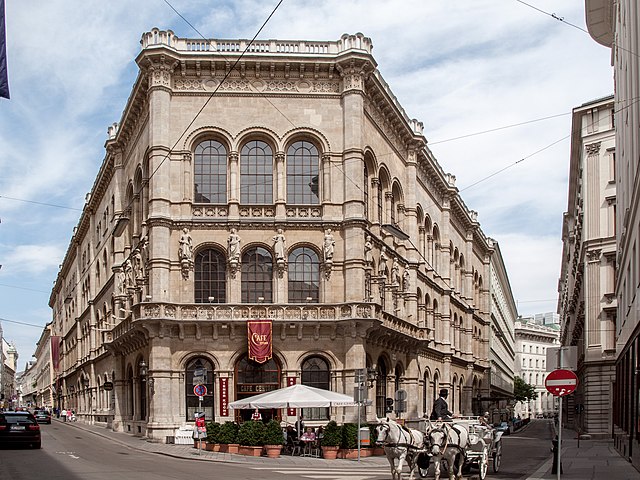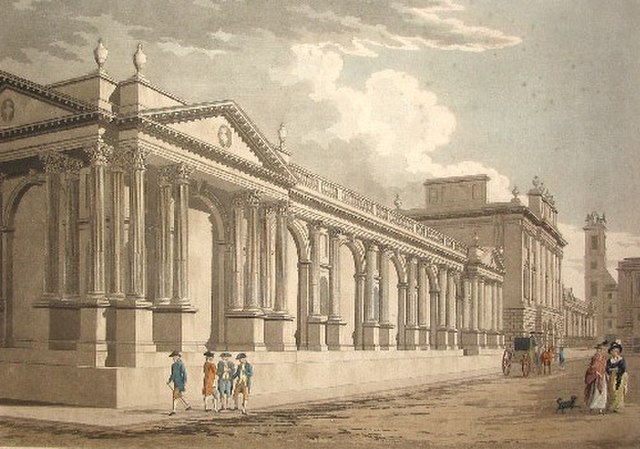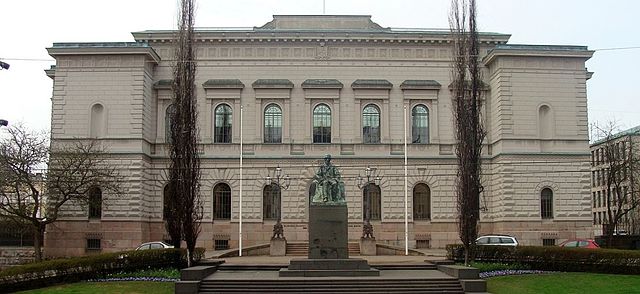The Austro-Hungarian Bank was the central bank of the Habsburg Monarchy in the 19th and early 20th centuries.
Palais Ferstel in Vienna, the Austro-Hungarian Bank's head office from 1860 to 1922.
Johann Philipp Stadion, Count von Warthausen was instrumental in the Bank's creation in 1816.
Centennial medal of the Bank's creation, 1916: Emperor Francis I gives the Bank's patent to Johann Philipp Stadion
Austro-Hungarian Bank note of 1916, stamped "Deutschösterreich" (Republic of German-Austria) in late 1918 or 1919
A central bank, reserve bank, national bank, or monetary authority is an institution that manages the currency and monetary policy of a country or monetary union. In contrast to a commercial bank, a central bank possesses a monopoly on increasing the monetary base. Many central banks also have supervisory or regulatory powers to ensure the stability of commercial banks in their jurisdiction, to prevent bank runs, and in some cases also to enforce policies on financial consumer protection and against bank fraud, money laundering, or terrorism financing.
Walter Bagehot, influential 19th-century theorist of the economic role of central banks
Interior of the Llotja de Barcelona where the city's Taula de canvi was operated
The Bank of England in 1791
The Bank of Finland in Helsinki








